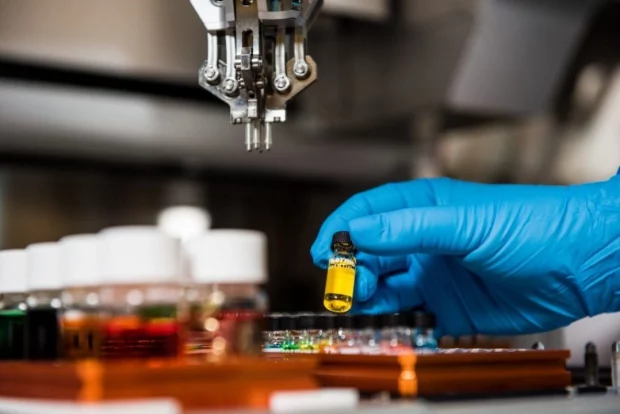
Susan Audino
(You can have cannabis science content such as this delivered directly to your inbox. Simply sign up here for our MJBizScience newsletter.)
A unified, national approach to cannabis regulation has long been the goal for an industry seeking clarity across state lines.
Now there is a group, launched last November, devoted to try to offer such clarity – the Cannabis Regulators Association (CANNRA), which is restricted to “regulators and representatives from relevant government offices” and includes members in 35 states and territories.
It’s about time. State regulators have been criticized for insufficiently monitoring laboratory test reports.
One laboratory in Utah reported testing a sample with more than 45% THC. Subsequent testing claimed less than 21%, but not before the product was destined for sale on a dispensary product shelf.
Does this suggest laboratory fraud? Or does it represent laboratory inadequacy? Is this regulatory consortium in a position to discern these differences?
Possible solution
CANNRA represents the first national unification of (legal) cannabis specifications and regulations, not the least of which is laboratory analysis of marijuana products that are poised for human consumption.
Laboratory testing is not straightforward, however, and requires keen attention to detail.
Beginning with the sample itself, regulators and laboratories must pay special attention to the plant’s heterogeneity, which is unquestionably the most important part of analysis.
Key insights to inform decisions: MJBizFactbook
Say hello to marijuana business data, curated by the editors of MJBizDaily to help cannabis industry leaders make informed decisions.
- U.S. marijuana industry financials
- Licensing, funding and investment trends
- State-by-state guide to regulations, taxes and opportunities
- Insights for business and investment strategy
Staff competence and technology remain high on the priority list as well.
As standard test methods slowly trickle in, laboratories and regulatory bodies should examine the basis of each standard and expect full method validations and/or method verifications before implemented in any lab.
This requires all parties to understand the purpose and process of validating methods and how it is different from verifying methods.
Regulations to blame?
Unfortunately, many labs are chasing unrealistic analytical specifications to meet regulatory requirements.
Many of these requirements are not based on empirical studies or perhaps were introduced into regulations from biased lobbying.
Some testing labs ultimately compromise either their science or exploit regulatory requirements in order to maintain a customer-base; it becomes a “business decision.”
The Utah lab case is not surprising.
Laboratories have been wavering in their attempt to balance sound science with regulations while meeting customer needs all in the hope of providing good service to customers and expecting to turn a profit.
With so many balls in the air, even the best of jugglers will eventually struggle.
CANNRA is the newest juggler in the cannabis industry.
We can only hope the organization’s engagement with 35 states and territories will grow in number and continue to reach for unbiased education about analytical science and specifications that make practical and scientific sense.
Laboratories and consumers should expect nothing less.
This is a monumental undertaking and requires support and patience from all parties.
Susan Audino, Ph.D., is a chemistry consultant and instructor for the American Association for Laboratory Accreditation. She is based in Ohio.


